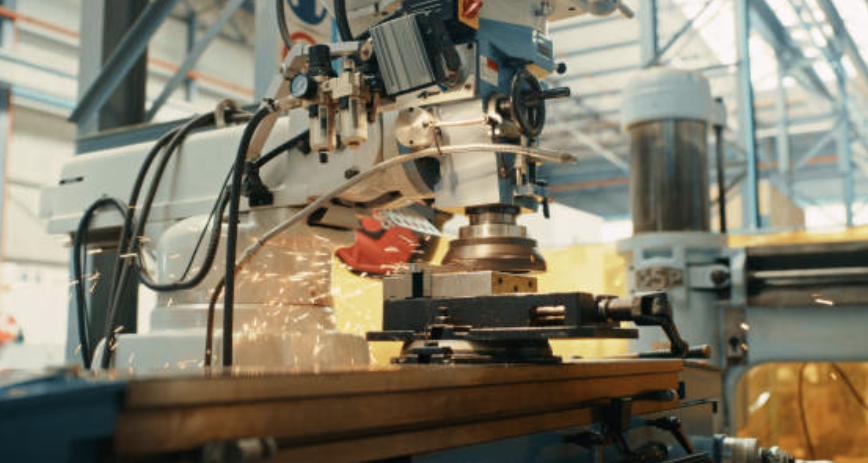
Posted on Thursday, March 21, 2024
The defense and military sectors rely heavily on advanced manufacturing technologies to produce equipment that ensures national security and global stability. Metal fabrication plays a pivotal role in creating the precise, durable, and reliable components needed for military and defense applications. From armored vehicles to naval ships and aircraft, the capabilities of modern metal fabrication have revolutionized how defense systems are built and maintained.
Metal fabrication is the process of cutting, shaping, assembling, and finishing metal to create products and structures. In the defense sector, these processes must meet stringent specifications for durability, precision, and performance in extreme environments. The materials used—ranging from high-strength steel to lightweight aluminum alloys—are carefully selected to balance strength, weight, and corrosion resistance.
Military-grade fabrication involves a combination of traditional craftsmanship and state-of-the-art technology to produce components like:
Metal fabrication in the defense industry involves the process of creating metal components and assemblies that meet the stringent performance and durability requirements of military applications. It includes machining, welding, cutting, and bending to produce parts for vehicles, ships, weapons, and aircraft.
Key machines include CNC machines for precision machining, plasma cutters for thick metal cutting, robotic welders for consistent welding, and bending machines for shaping metal into required forms.
By using high-grade materials, advanced machinery, and precise manufacturing techniques, metal fabrication creates components that can withstand extreme stress, impact, and environmental conditions.
The role of metal fabrication in defense goes beyond creating parts—it ensures that every component meets the highest standards of quality and reliability. For example:
Metal fabrication is an indispensable part of defense manufacturing, providing the tools and technologies needed to build the military equipment that keeps nations secure. By integrating cutting-edge machinery like CNC machines and robotic welders with innovative design, the industry ensures that every component performs flawlessly under the toughest conditions. As global challenges evolve, so too will the role of metal fabrication in shaping the future of defense technology.

Understanding Coil IDs, Mandrel Sizing, and Shear Pin Safety in Uncoilers
Posted on Wednesday, October 1, 2025
Mismatched sizes can lead to machine damage, downtime, and safety hazards — often evidenced by a shear pin failure.

How Coil Tensile Strength Affects Roll Forming and How to Adjust Your Machine
Posted on Wednesday, October 1, 2025
Changes in tensile strength can significantly affect the finished profile, causing misaligned bends, uneven edges, and out-of-spec parts.

Why Paint Cracks on an Embossing Line Running Pre-Painted Coil and How to Prevent It
Posted on Wednesday, October 1, 2025
This issue not only affects the visual quality of the product but can also lead to increased scrap rates and customer complaints.

The Most Popular Standing Seam Metal Roof Panels in the U.S. — A Comprehensive Guide
Posted on Monday, September 29, 2025
In this post, we’ll explore what panel styles and sizes are most popular in the U.S